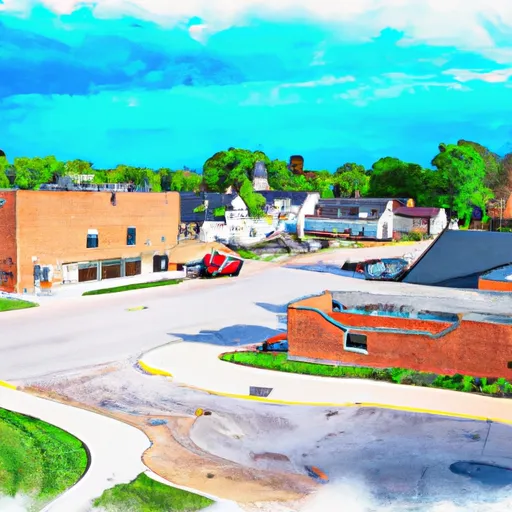°F
°F
mph
Windspeed
%
Humidity











Conover, Wisconsin has a humid continental climate, characterized by warm summers and cold winters, with an average annual temperature of 43°F. The area is dotted with numerous lakes and streams, contributing to its abundant hydrology constituents. With over 400 lakes in Vilas County alone, water-based recreation opportunities are plentiful, including fishing, boating, kayaking, and swimming. The surrounding forests provide opportunities for hiking, biking, and snowmobiling in the winter. The Conover area also boasts an extensive network of cross-country ski trails, making it a popular destination for winter sports enthusiasts.
Weather Forecast
Conover receives approximately 775mm of rain per year, with humidity levels near 84% and air temperatures averaging around 5°C. Conover has a plant hardyness factor of 4, meaning plants and agriculture in this region thrive during a short period during spring and early summer. Most plants will die off during the colder winter months.
Regional Streamflow Levels
23
Cubic Feet Per Second
392
Cubic Feet Per Second
67
Cubic Feet Per Second
1,720
Cubic Feet Per Second
Nearby Camping
| Camping Area | Reservations | Toilets | Showers |
|---|---|---|---|
| Moodys Landing | |||
| Flint Creek Waterpark | |||
| Shields RV Military - Gulfport NCB | |||
| Big Creek Waterpark | |||
| Lake Walker Military - Camp Shelby | |||
| McLeod Water Park |



